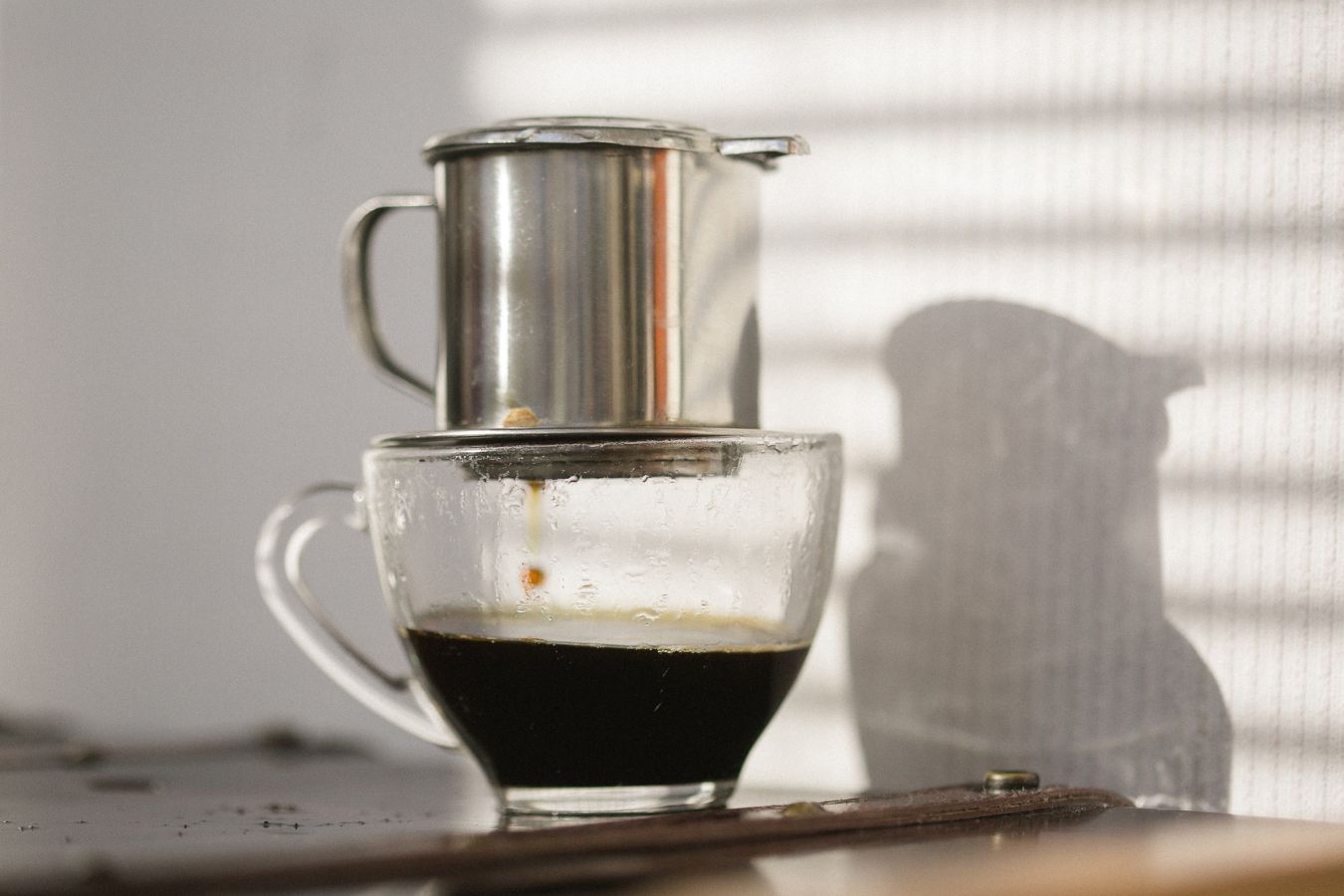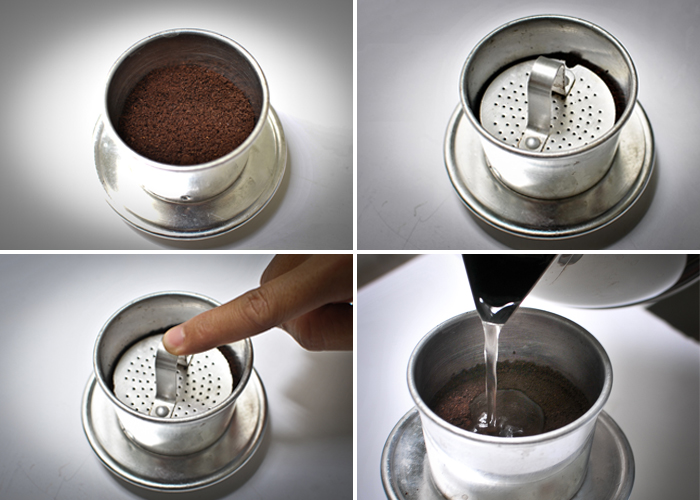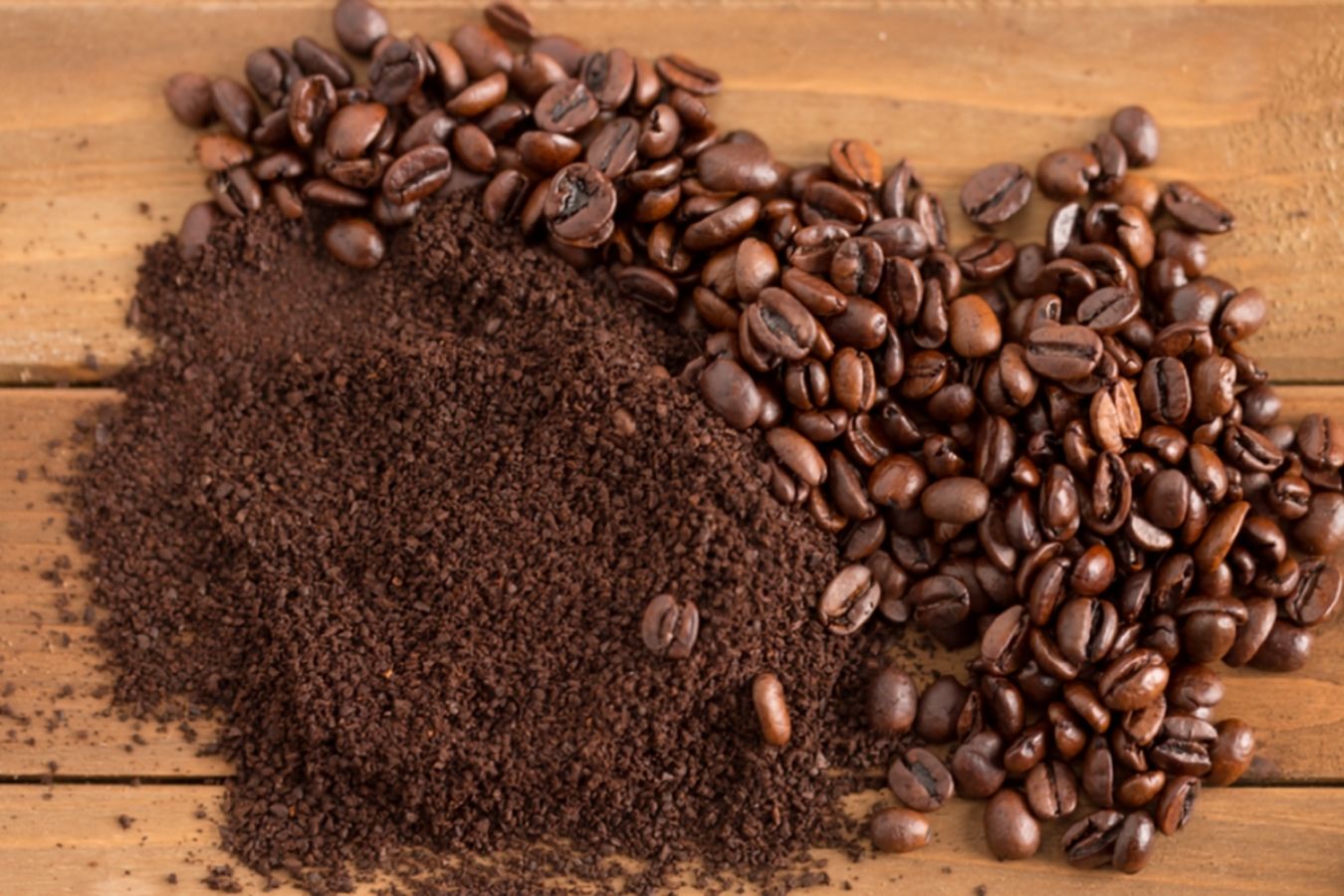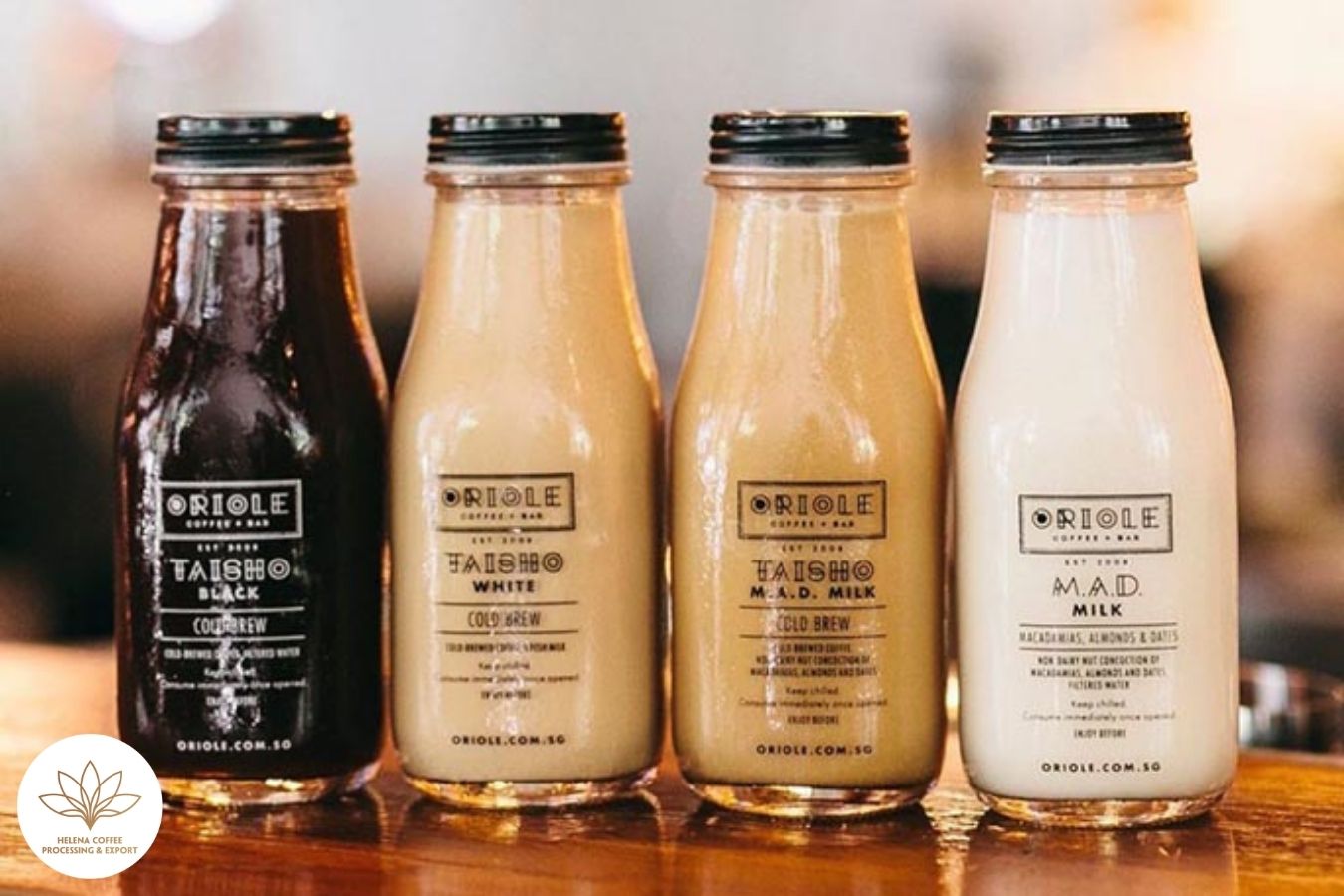
How To Make Delicious Vietnam Coffee Phin: Phin coffee is manually mixed and has been consumed in Vietnam since the 19th century. However, many individuals are still quite interested in creating charming, excellent coffee.
Making coffee is a simple but work process that involves more than just pouring boiling water into a filter. This procedure must include a suitable coffee selection, as well as the purchasing and preparation of drink items in compliance with technical standards. So let’s look at how to make delicious Vietnam coffee phin.
Making fantastic coffee
The following items must be prepared to make great coffee:

- You can purchase pre-made flour or nuts and grind them home for pure coffee.
- Making coffee: Phins come in a wide variety of materials, including ceramic, plastic, aluminium, and stainless steel,… Coffee is the most typical application for aluminium.
- Choose glass coffee cups without handles.
- Water should be boiled at a temperature between 93 and 95 degrees Celsius to achieve the highest quality.
How to prepare classic tiny filter coffee
Prepare around 25 grams of coffee powder and 80–100 ml of filtered water to make a small coffee.
Getting ready:
Clean the mixing tool in step one.
- To assist the hot fillet spread out more evenly, fill coffee and drinking glasses with hot water. This procedure is crucial in determining how good the coffee will taste.
Step 2: Insert the pan with the coffee
- In the pan, add the measured amount of coffee. Gently shake the flap to smooth the dough’s surface.
- Apply a pressed wiper to the coffee powder’s face with medium pressure. Pouring water that can both absorb all of the coffee powder and not move too quickly is made possible by this step.
Step 3: Fill the first batch with hot water.
- 20ml of recently boiled water should be poured into the pan to brew the coffee for roughly two minutes.
- Pour enough water so that the coffee blooms uniformly and doesn’t flow.
- To ensure that the coffee absorbs water from the bottom, you can put the flap on the lid and add some hot water. More water will be absorbed by the coffee floors. As a result, leaving less residue after drinking.
Step 4: Pour hot water into the second batch.
- Pour 60 and 80 ccs into the bowl once the coffee has hatched and absorbed all the water.
- Wait a few minutes while you cover the area.
With peace of mind, you can carry out other tasks while each sip of coffee slowly descends. Once finished, you can instantly enjoy by adjusting the taste by adding milk, milk cream, and ice.
When brewing tiny coffee, keep in mind:
- Finishing the coffee cup within 5-7 minutes of when the water is first added is the key to a perfect cup of joe. The coffee will be under-extracted if the flow rate is too high. The coffee will be over-extracted if the water moves too slowly.
- A drip of coffee will typically fall every second or so on average. Because the ground coffee beans are relatively coarse, this speed is a little faster for pure coffee.
How to prepare a big coffee that will sell
The process for manufacturing giant phin is similar to that for making little coffee. But know how to brew this if you’re looking to start a coffee shop. For the bartender, this mixing technique saves time and effort. You must make roughly 100 grams of coffee powder and 410ml of filtered water for a small coffee.
Getting ready:
First, wash the coffee machine.
- To assist the hot fillet spread out more evenly, fill coffee and drinking glasses with hot water.
Second step: Pour the coffee into the pan.
- In the pan, add the measured amount of coffee. Gently shake the flap to smooth the dough’s surface.
- Apply a pressed wiper to the coffee powder’s face with medium pressure.
Step 3: Fill the first batch with hot water.
- Wait for 7 to 10 minutes after adding 160 ml of hot water to the pan. The size of the object causes a longer waiting period, and the coffee layer inside is quite thick, necessitating a deep penetration of the water.
Step 4: Fill the second batch with hot water.
- Pour the remaining 250ml of boiling water in once the eggs have all hatched in an even fashion.
- Wait till the coffee has finished finish.
There will still be water in the bowl when the coffee loses its steam. To get the water to drain entirely, press firmly with the wiper cover.
Take note when preparing Vietnam coffee phin
The most crucial step in brewing a tasty cup of coffee is selecting a quality coffee powder. Have a look at the notes below:
Coffee powder that’s a good choice
For the finest taste and health, use unadulterated, uncontaminated coffee. You should select coffee powder with large seeds since fine grains when brewed, will fall into the fill hole, leaving a lot of coffee residue when drinking and making it challenging for the water to permeate while flowing down.
Before mixing, clean the apparatus
You should wash the coffee and cup with hot water before mixing. The difference between the interior and exterior temperatures is minimal after first heating. The coffee is better able to absorb the water thanks to this.
With a little pressure, squeeze the coffee
Determining the final product’s level of blackness depends greatly on the coffee’s pressure. The water is hard to penetrate if you apply too much pressure. The coffee powder inside, which has not yet hatched, will dry up if it is overly gently compressed, on the other hand.

You should take care of the watch time to be the most standard in addition to the pressure. If you practice the phase a few times, you’ll be able to gauge when it’s appropriate to squirt water into your head. Typically, the phase lasts between five and seven minutes.
Source of the water and the water-to-coffee ratio
Only using filtered or spring water while making coffee will result in the purest, most delicious flavour. Well, water and tap water can include a variety of toxins, and chlorine odours can be damaging to your health. The ratio of water to coffee is usually 1:4 or 1:5. For example, 25 grams of coffee require 80–100 ml of clean water to brew.
Tips for enjoying Vietnam coffee phin
The most popular beverage among coffee connoisseurs is unsweetened coffee with a glass of water or tea. If you don’t like the bitter flavour of coffee or prefer it sweet, you can add sugar or condensed milk, depending on your preference. To preserve the natural coffee flavour, it is best to balance the moderate amount of sugar.
To get coffee all over your mouth as soon as you’ve finished mixing, take a tiny sip while it’s still hot. Then, take a slow breath and swallow. A method of taking it extremely slow and leisurely while savouring the coffee’s beautiful aroma awakens all the senses.
If you frequently drink coffee with ice, avoid adding fresh coffee to a glass of ice and instead add each ice cube one at a time into the cup of coffee.
After brewing coffee, how to store it
Coffee preservation after brewing is crucial if you work in the coffee industry.
- Coffee can be stored in the refrigerator for up to a day after mixing, cooling, and pouring into a glass cup. The coffee will lose flavour more quickly the longer it lasts. Therefore, less than two hours is the ideal window for use.
- A thermostat is advised to preserve coffee for a brief period of time. However, because coffee can be made to freeze quickly, this preservation method is less common. Long-term hot holding of coffee also results in loss of aroma and acidity.

Although it is not difficult to create the perfect cup of tasty coffee, it is important to use the correct procedure. I wish you luck with your coffee-making technique. shared earlier